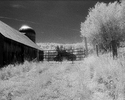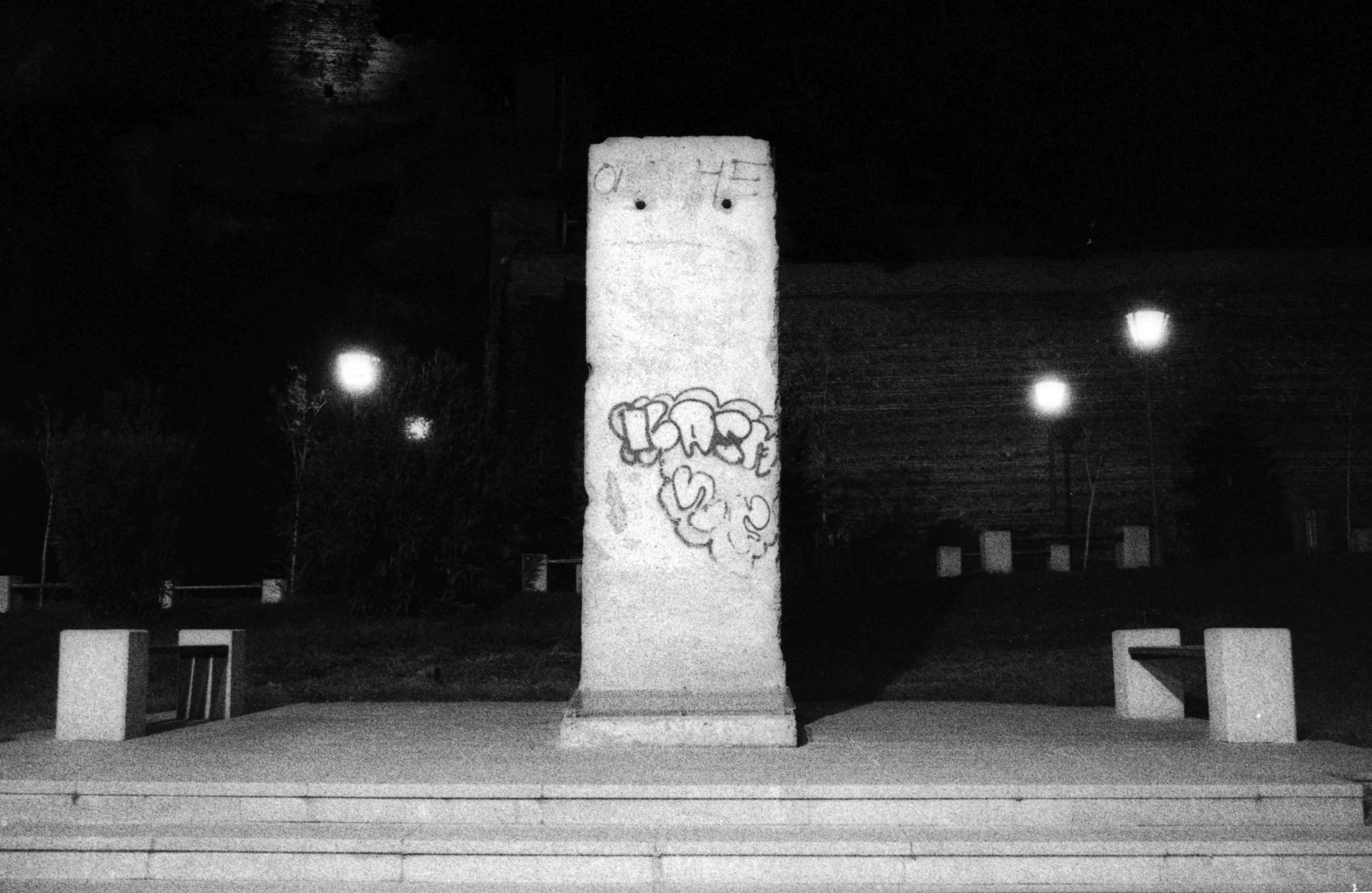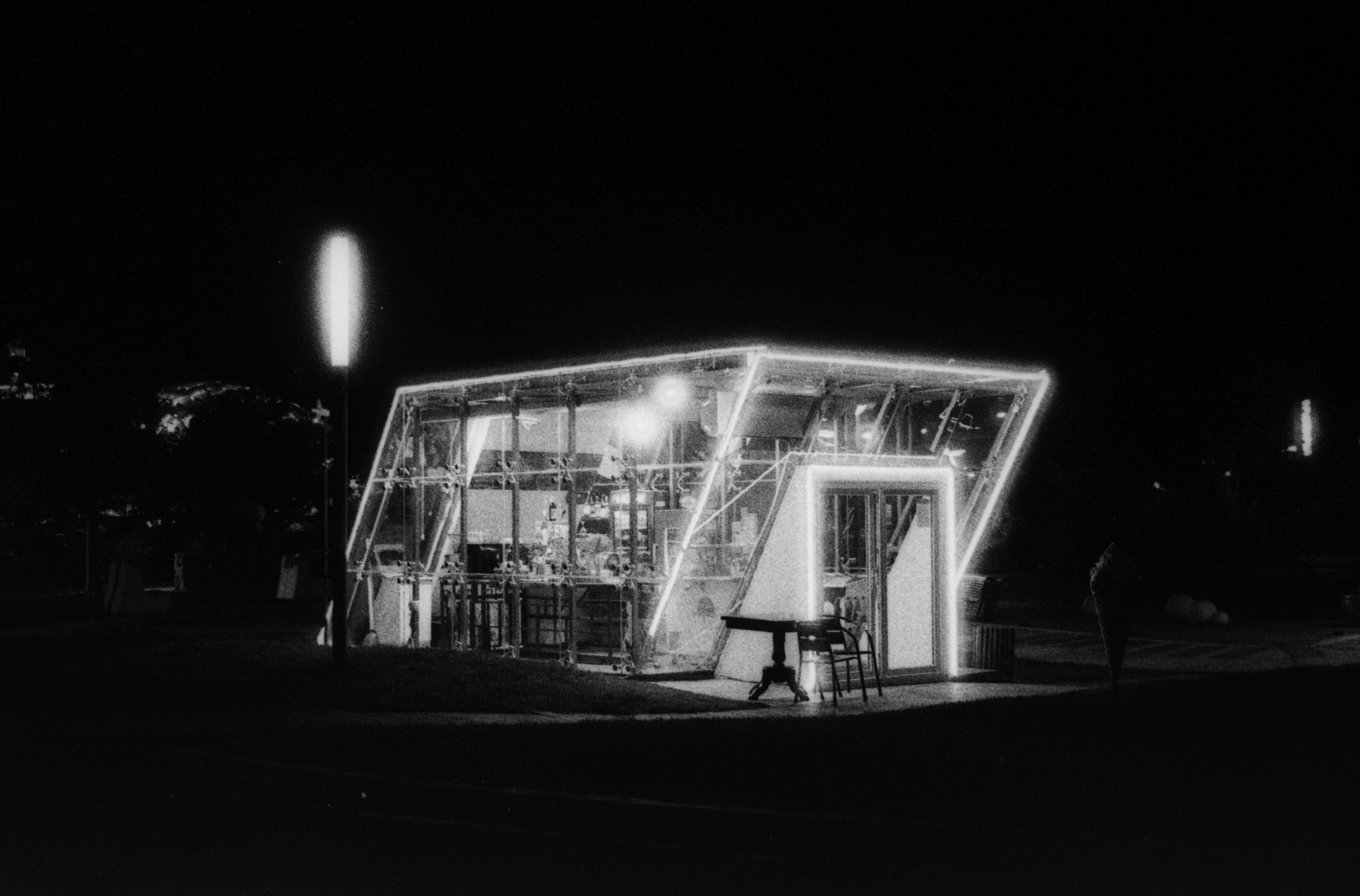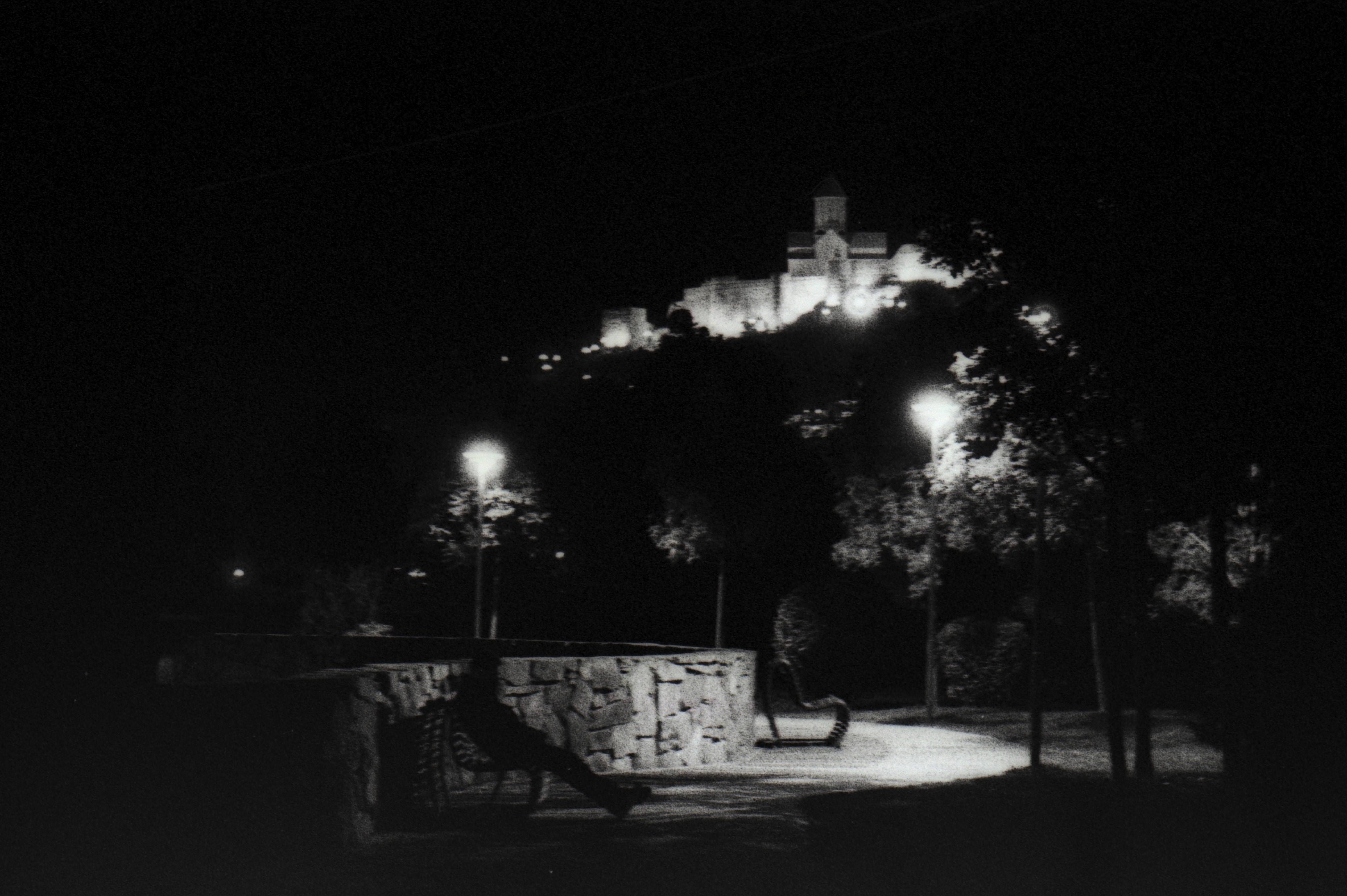I should have listened to my friend who offered to teach me Dutch.AgX was right: I wanted to write 'by' but instead used my native 'bij'. Overexposing and underdeveloping is a well known technique to reduce contrast, based on the zone system. By overexposing you take care the shadows retain the level of detail you need, underdeveloping keeps the highlights in check. This is more or less the opposite as pushing a film, where you underexpose and overdevelop, hence my remark on lost shadowdetail and blown highlights when pushing your film to 800 iso.
As for the matter, I've been thinking. If I want to push to 800, I overexpose 2/3 stops which gives me shooting at around ISO500. Then I underdevelop so instead of pushing to 800 I get what? 500? 600? Clearly some things are out of my reach.
I'm shooting right now at 400 and I'll push it to that much, for a start, to see what happens.











